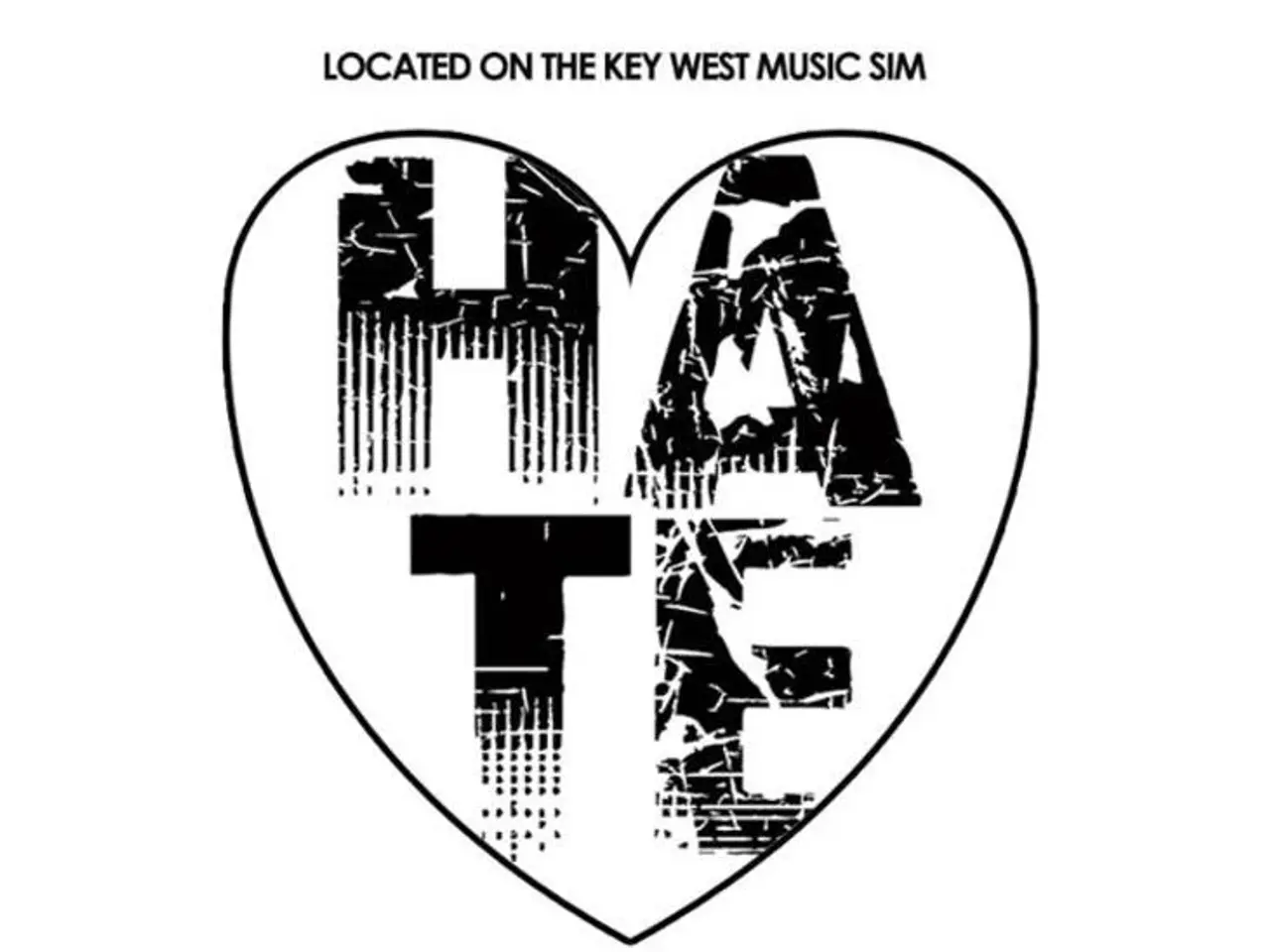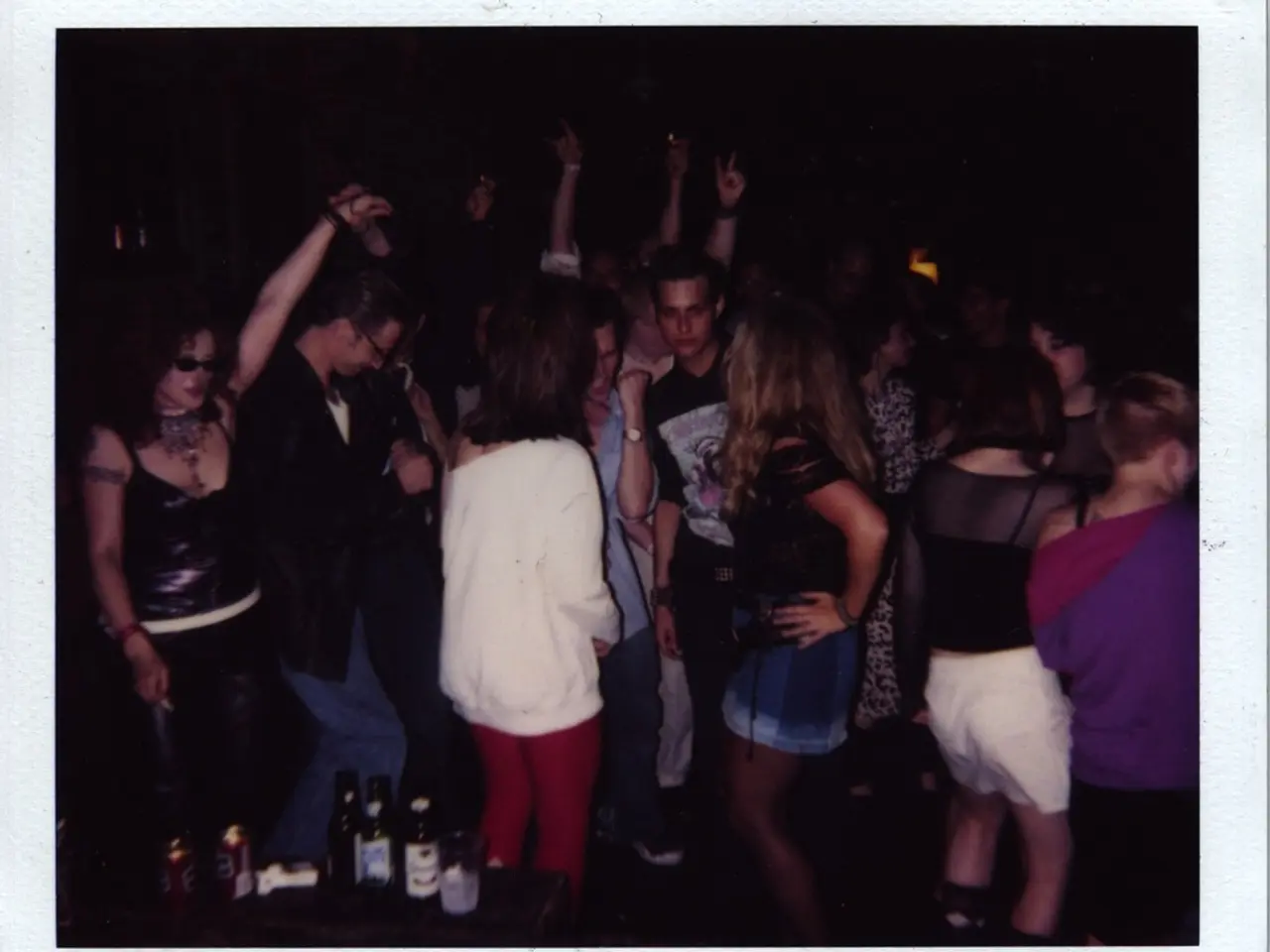Far-right movements find support through the study of 'emotionology'
In the summer of 2024, the riots that swept through Southport, Liverpool, and other towns were a terrifying reminder of a longer trend demonstrating how the anxieties of white communities in Britain can target some of the most marginalized communities in our society.
The emotionology that fueled the 2024 riots was triggered by the tragic killings on 29 July in Southport. Many rioters were not active members of far-right groups, nor highly ideological, but they shared the extreme right's emotionology, its feelings of distrust of politicians, its fear of others, and its misguided idea that violence against certain targets can protect a nation under threat.
The misinformation about the attacker's origins and motives, which spread online in the immediate aftermath of the Southport attack, was just one example of how disinformation networks can fuel such extremism. The riots were not an isolated event but part of a longer pattern of extreme hostility towards non-white communities.
This pattern of hostility has a documented history in the UK, primarily from the late 20th century onward. In the 1990s and 2000s, groups like Combat 18 (C18), a neo-Nazi organization, were active in targeting immigrants, non-whites, and political opponents. The Racial Volunteer Force, which split from C18 in 2002, maintained similar agendas and links. These groups employed "leaderless resistance" tactics, aiming at racial violence and intimidation.
Far-right extremist violence continued into the 2010s with notable incidents like the 2016 murder of MP Jo Cox by Thomas Mair, whose motivation was far-right neo-Nazi ideology and connections to groups such as the English Defence League (EDL). The EDL itself is known for aggressive anti-Muslim street protests and has contributed to heightened hostility in this period.
More mainstream right-wing populist politics representing anti-immigrant sentiment emerged in recent years through parties like Reform UK (formerly the Brexit Party), led intermittently by Nigel Farage. After the UK’s 2020 EU withdrawal, Reform UK broadened its platform to include pledges to limit immigration alongside other right-wing policy goals.
The far-right promotes an emotive narrative of a UK under attack, where white people face an existential threat from "aliens", "foreigners", and "immigrants". This narrative has been embedded within broader societal debates about immigration and national identity, amplified by political events such as Brexit and global concerns over terrorism. Far-right hostility often targets both immigrants generally and Muslims specifically, framing them as political and cultural threats in their rhetoric and violent actions.
Prevent, the UK’s anti-radicalization strategy, has aimed to counter extremism, including far-right and Islamist threats, but reviews indicate mixed success, highlighting difficulties in early intervention and deradicalization.
In the wake of the first world war, migrant communities living primarily in port towns were targeted, often quite violently, by returning white soldiers. This pattern continued in the 1950s with riots by white "teddy boys" confronting recently settled Black Caribbean communities in Nottingham and Notting Hill. In the summer of 2001, rioting broke out in Oldham, Burnley, and Bradford, stoked by groups such as the British National party.
The violence directed at communities in Southport, Liverpool, and elsewhere in 2024 was part of this longer pattern. As we continue to grapple with the consequences of the 2024 riots, it is crucial to understand this history and work towards a more inclusive and peaceful society.
- The misinformation about the attacker's origins and motives, spread rapidly on social media in the aftermath of the Southport attack, demonstrated how these platforms can amplify and fuel extremist sentiments, such as those found in discussions about entertainment, politics, general news, crime and justice, and immigration.
- As the riots in Southport, Liverpool, and other towns in 2024 showed, the narratives of far-right groups, often centered around a fear of others and a perceived threat to white communities, can find traction not only in political circles but also in mainstream discussions on social media, affecting general news, entertainment, politics, and crime and justice discussions.








